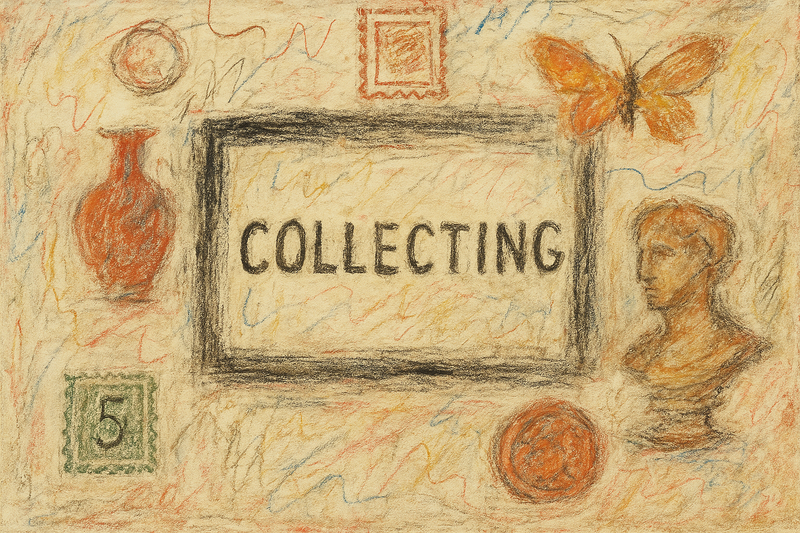
If an artist is the one who sparks the creation of art, the collector is the one who weaves together all its realms. It’s no secret that many museums have grown from private collections—renowned patrons supported artists, commissioned their works, gathered the art of their time, and preserved it for history.
“Not everyone will be carried into the future,” and the discerning choices of a collector often prove as critical to an artist’s legacy across centuries as the judgments of art market professionals. In the early 20th century, Rudolf Leopold, a student of ophthalmology, began collecting not only the celebrated Gustav Klimt but also the then-underappreciated Egon Schiele. His vast collection eventually grew into an entire building in Vienna’s Museum Quarter, and Schiele became one of the most renowned artists of the 20th century.
The collector stands at the crossroads of multiple worlds: the vibrant realm of living art, the institutional process, and the market. When collectors focus on the art of their time, they often witness firsthand the birth of masterpieces and the evolution of artists. It’s no secret that many collectors and artists become close friends.
Remarkably, some collections become catalysts for art movements that resonate for centuries. Take Ilya Ostroukhov, a landscape painter and trustee of Moscow’s Tretyakov Gallery. In the 1910s, he developed a passion for Russian icons, acquiring 30 icons from the 15th and 16th centuries in just the first five months of his fascination. Before him, icons were primarily collected by Old Believers, but Ostroukhov elevated them to the same level as his European contemporaries. His “icon mania” soon captivated Moscow. We know the profound influence of Russian icons on the Russian avant-garde—and the avant-garde’s impact on global art. It’s fascinating to consider how 20th-century art history might have unfolded if Ostroukhov had returned to collecting antiquarian rarities instead of icons.
Collectors rescue artists and movements from obscurity, and as a work of art gains recognition, its value soars. During his lifetime, Vincent van Gogh’s paintings were virtually worthless and unsold. It was the interest of American collectors in the early 20th century, followed by heightened attention from the Asian market in the latter half, that elevated him to “blue-chip” status. In 1987, amid Japan’s economic boom, his Sunflowers sold for $39.9 million at Christie’s.
Being a collector seems to carry immense responsibility: to view a collection as an investment, to remain mindful of its influence on artists’ lives and future museums. Many collectors hesitate to call themselves such, feeling their collections lack sufficient gravitas. Yet, it’s worth remembering that collecting art is, above all, a profound joy, accessible at any budget. Consider Herbert Vogel, a postal clerk and friend of the then-unknown artist Sol LeWitt, who, on a modest salary, amassed 2,500 works by some of the 20th century’s most celebrated artists. Collecting is an endless source of friendship and inspiration.

